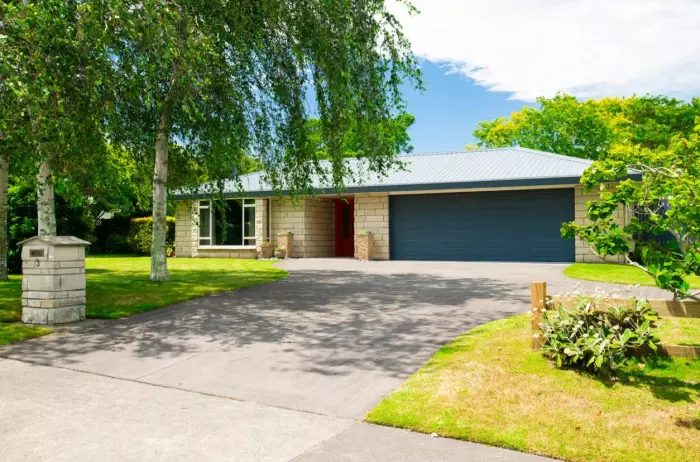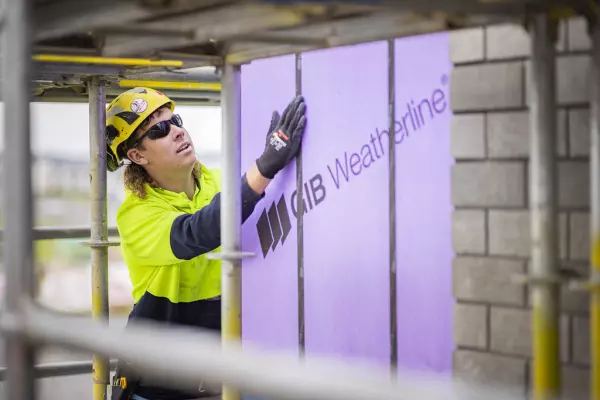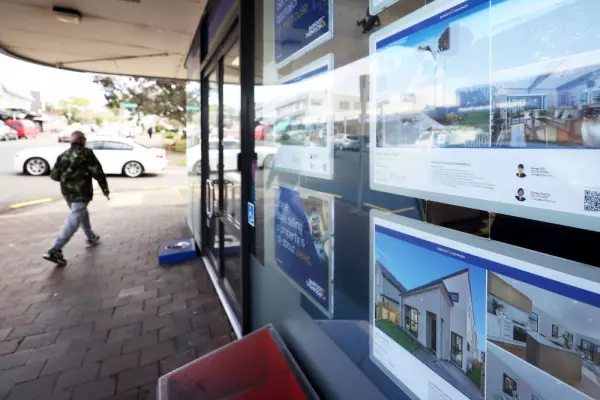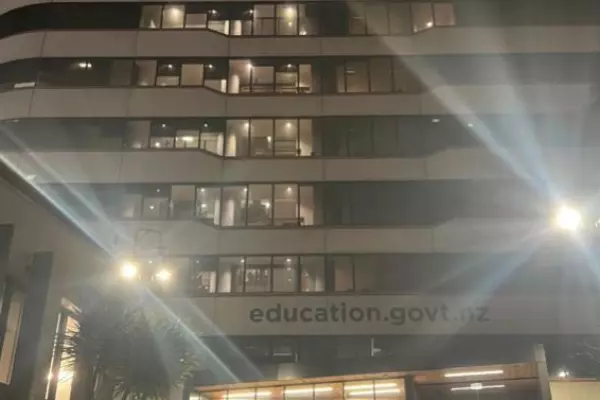Tauranga may be the first city to hit the glass affordability ceiling after a year of spiking house prices.
However, a 1.5% dip in prices in a month in the context of 6.7% price inflation across the past quarter probably makes it too early to call.
The city does stand out as one of the most overpriced cities in New Zealand with its residents paying an average of 43% of their take home salaries to service mortgage payments, according to Corelogic's latest affordability report.
But as it stands, the dip is an aberration across an otherwise perfect score card of upwardly mobile house prices, with Corelogic's latest house price index reflecting a 14% increase for Bay of Plenty's largest coastal city, keeping pace with Hamilton, which is up 14.5%, and Dunedin, at 15.3% for the year to February.
Each of the top six centres experienced annual growth of more than 10% for the past year, with the Wellington region taking line honours - up 16.6% and its average house prices breaching the $900,000 mark for the first time last month.
For Wellington city, the average is now more than $1m, after 7.2% growth since November.
Still, there could be some pockets where the "buy at all cost" mentality may have hit its peak, particularly as renewed loan-to-value restrictions on investors kick back into gear this week, at 30%, ramping up to 40% from May 1.
Highest levels
Those areas might include Rotorua, which was up only 0.6% in value terms, Christchurch, which slowed to a 1.5% increase and Nelson, which was up 1.7% from January to February.
The most overheated region over a longer one year timeline, inarguably, is Gisborne. The largest town in Te Tairāwhiti's housing price index has surged by 30.6% since February last year.
As a case in point, Gisborne's average house value, at $544,343 is $127,000 more than when covid hit the country last February, meaning prospective buyers have had to raise an extra $25,400 in the past year, just to hit their 20% deposit.
Corelogic head of research Nick Goodall said Gisborne's house price to income ratio, at 4.8 times, and the number of years to save a deposit, now at 6.4 years, "are at their highest levels since at least 2004".
He suggests that makes it more likely the current rate of growth will taper over the coming months, particularly following the government's less than subtle instruction to the Reserve Bank to "have regard to the impact of its actions on the government's policy of supporting more sustainable house prices".
Goodall said that hard line, aimed at reducing speculator activity, makes the outlook for property investment "less certain".
Other factors could lead to a prolonged slowdown in property values growth, he said, including the prospect of higher interest rates, after the central bank hinted last week that higher rates could come as early as September 2022.
While any upwards move was likely to be small, the shift shouldn't be ignored, "particularly given the prior outlook was for the official cash rate to go negative".















